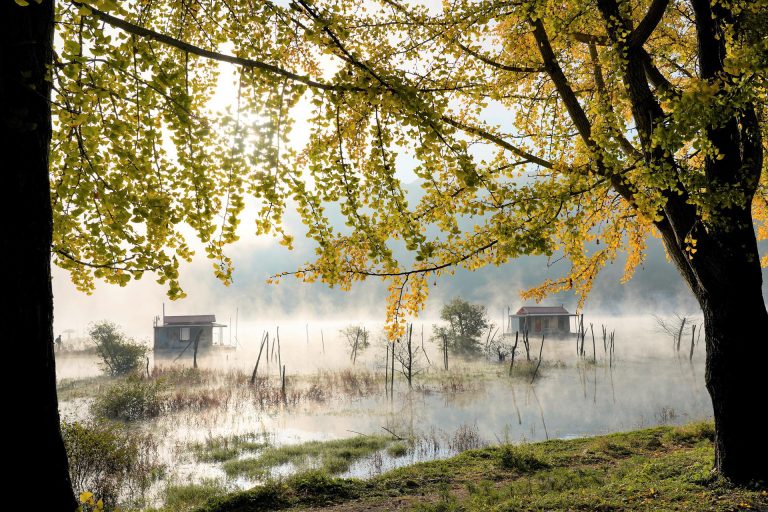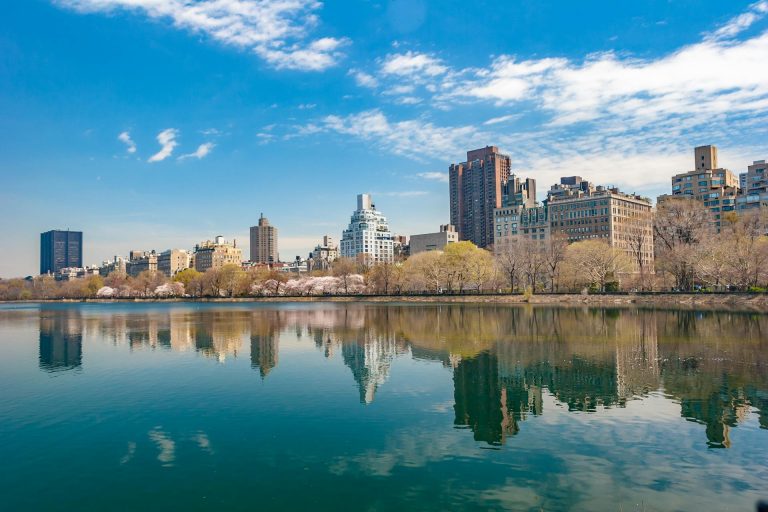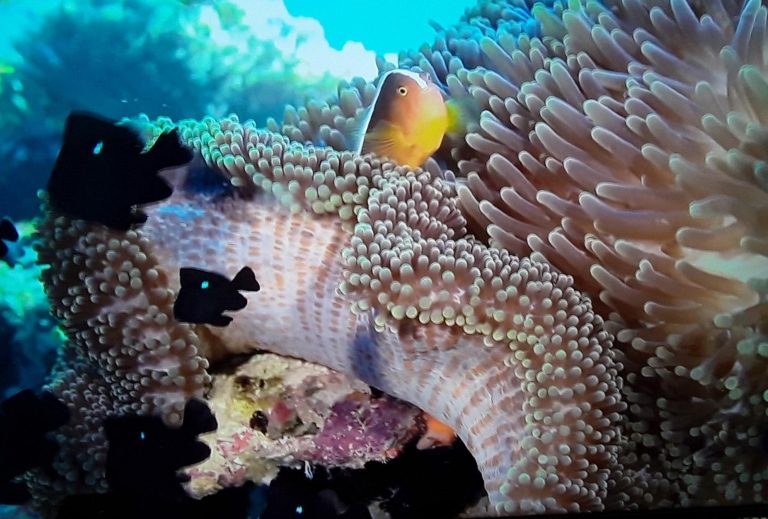The ginkgo is an ancient tree that retains its spiritual, physical, and medicinal allure to the present day. This tree was already around when the dinosaurs walked the earth and, no doubt, some dinosaurs munched on ginkgo leaves. Fossils of ginkgo trees first appeared in the Jurassic period about 175 million years ago, and over the next 50 million years the ginkgo tree spread around the world.
But over the subsequent millennia, the ginkgo retreated to a refuge in southwest China where it stayed until followers of the Buddha embraced the tree and once again spread it around the world with their new faith.
Tianmu Shan in Zhejiang province is a mountain sacred to Buddhists. Tianmu — also known as “heavenly eyes” — has two peaks, each surmounted by a pool, giving the fanciful appearance of two eyes. Tianmu is a region of beauty and interest with giant Japanese cedars, rare plants and animals, and endangered species such as the clouded leopard. Indeed, Tianmu Mountain is now a Chinese National Nature Reserve, and its many shrines and temples are surrounded by ginkgo trees.
The West peak has the last surviving truly wild population of ginkgo trees. Genetic analysis has confirmed their ancient lineage as well as their remarkable longevity. The oldest known ginkgo tree is 1,400 years old and is found in the Gu Guanyin Buddhist Temple in the Zhongnan Mountains of China. The secret to ginkgo longevity is in their genes: apparently, genes for senescence are not expressed by the ginkgo!
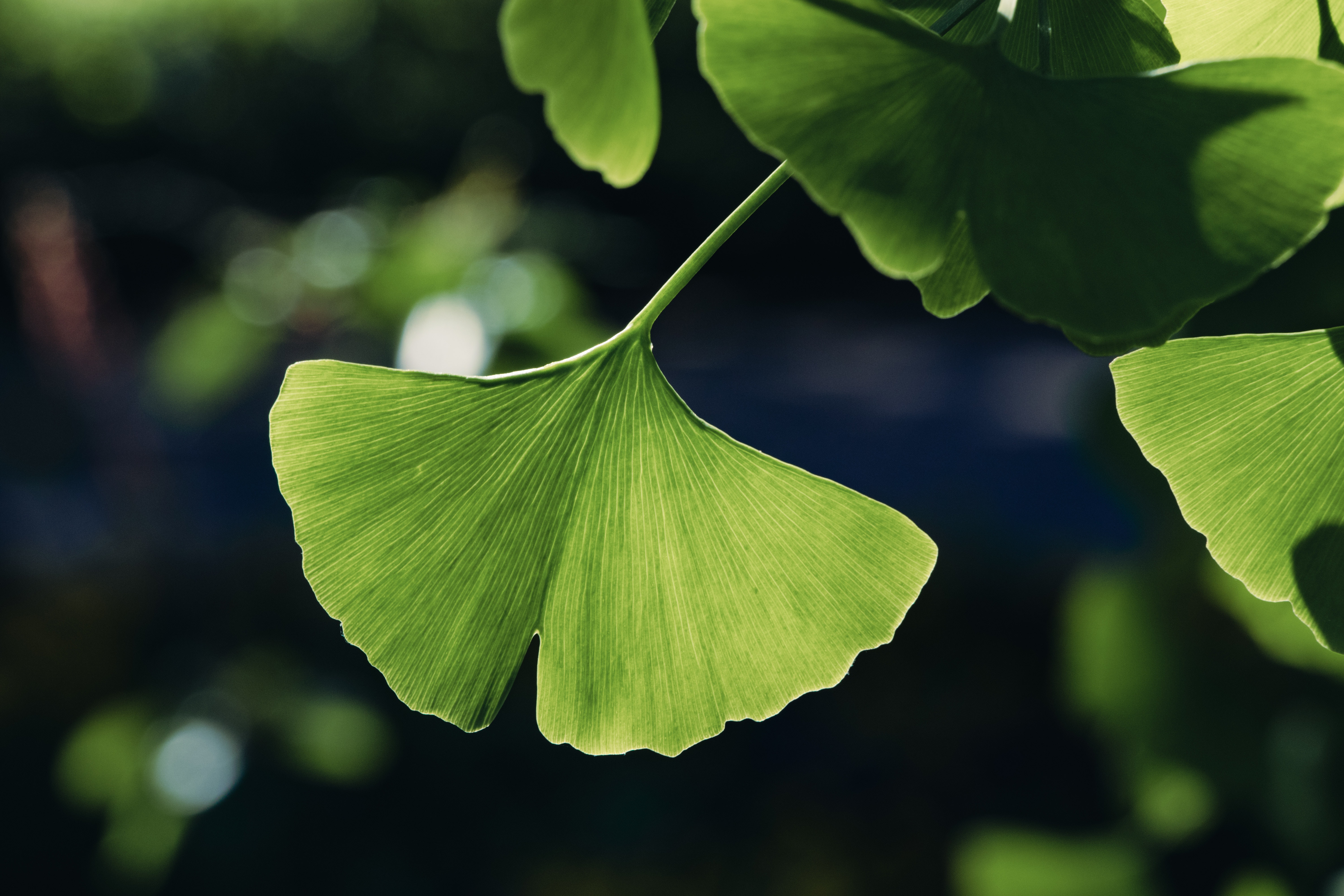
The ginkgo tree is considered a sacred plant by Chinese and Japanese Buddhists, given its tall, strong and majestic appearance. Buddhist monks have planted, cared for, and propagated ginkgo trees for centuries and they may be responsible for their survival. The monks use ginkgo wood to build their monasteries as well as the statues and furniture within them. Ginkgo trees are also planted near Taoist temples.
Success
You are now signed up for our newsletter
Success
Check your email to complete sign up
Ginkgo trees accompanied the Buddhist missionaries from China to Japan. The first European known to have seen a ginkgo was Engelbert Kaempfer, a German physician and explorer who was allowed into Nagasaki in 1691. Later, Dutch traders carried seeds from Japan to the Botanic Garden in Utrecht.
Ginkgo trees were brought to the USA in 1784. It had been 15 million years since the ginkgo tree last lived in North America. Ginkgo leaves have become iconic, with their unique, unmistakable fan shape deeply divided into two lobes — thus its scientific name “Ginkgo biloba.” The tree bark is gray and rough, broken up by furrows.
In the 20th century, ginkgo trees underwent another Odyssey: they became a popular tree to plant along city streets. Considering how many millennia the ginkgo tree has survived, it’s not surprising that it is resistant to disease and to urban pollution. A few ginkgo trees even survived the atomic bomb dropped on Hiroshima in 1945 and are still thriving there today.
Ginkgo trees have an emergency survival strategy: if the tree is cut down new shoots will grow up from the trunk to form a whole set of new trees. Suckers can also grow spontaneously around the base of the tree. Some ginkgo trees produce downward growing branches which form roots after reaching the ground. Thus, a ginkgo tree can be surrounded by its own support group.
When first planted, the ginkgo is a straggly youth growing quickly upwards; its majesty takes decades to fully develop. The most attractive feature of the ginkgo is seen in the fall when the leaves turn a stunning buttery-yellow color. Hundreds of thousands of leaves can fall to the ground in a day or two forming a delightful golden apron at the foot of the tree.
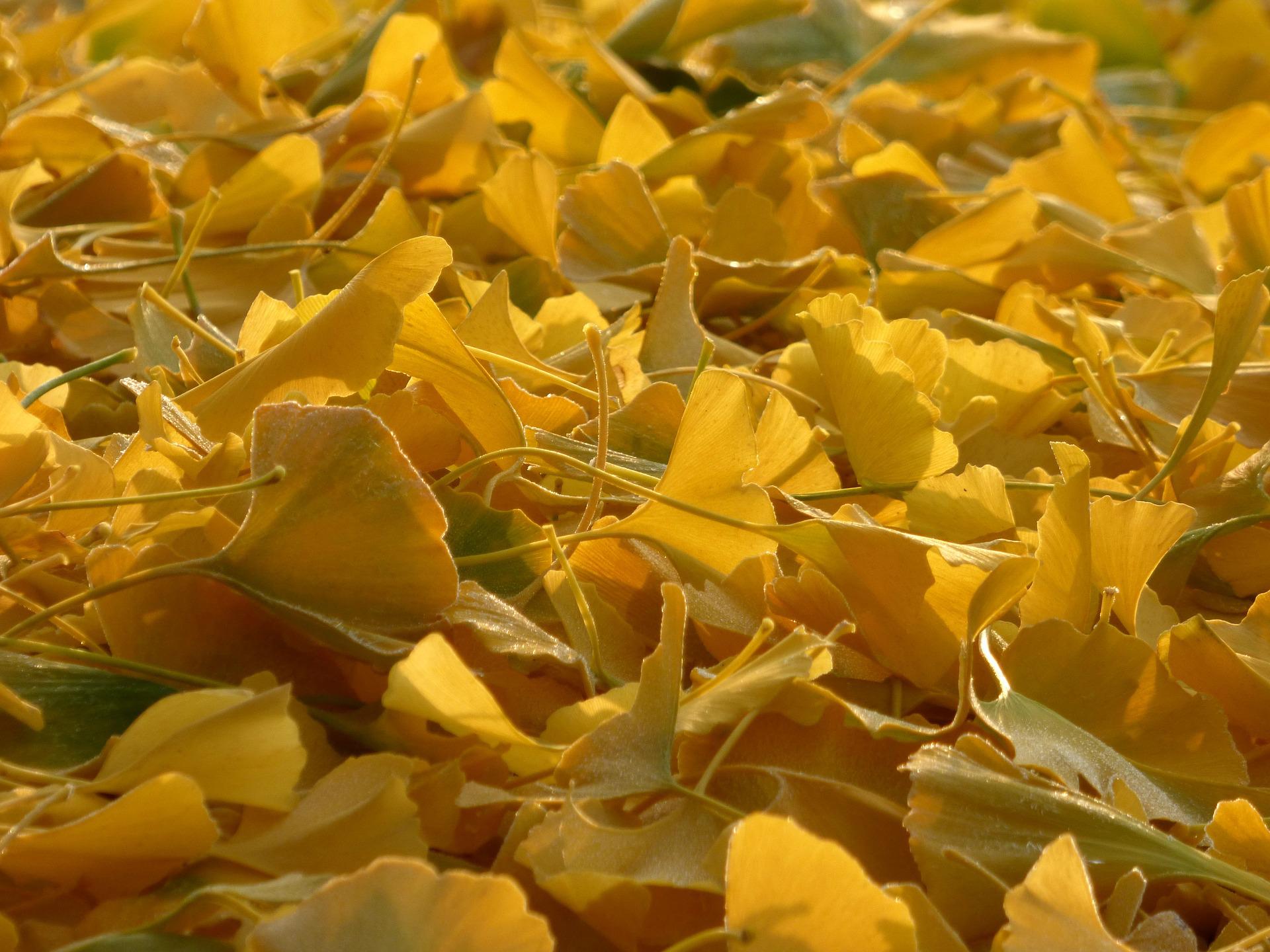
Ginkgo trees are dioecious, meaning that male and female reproductive organs are borne on separate trees; only female trees bear fruit. Wise urban planners plant only male trees: quantities of ripe, fallen fruit generate a nauseating smell of vomit. I still remember, decades later, the revolting stink coming from the fallen fruit of a female ginkgo tree in Longwood Gardens, Pennsylvania. Male trees have their own, less overt problem: their pollen can cause allergic reactions.
The ginkgo tree does not have true flowers; it had been around for millions of years before flowers evolved. Instead, it is a deciduous conifer. In the spring, male trees produce long drooping cones called “strobili,” which look like catkins. The male “pollen” is carried by the wind to ovules on the female tree, where it is caught in a pollination drop secreted by the ovule.
By the fall, the fertilized egg has developed into an apricot-like fruit. At first the fruit is pale, explaining the old Chinese name of “silver fruit” for the ginkgo tree. The apricot-like structures produced by female ginkgo trees are technically not fruits: they are seeds. The fleshy part is actually the seed coat analogous to the stone of an apricot rather than the soft fruity part we eat.
Beyond its ornamental use, Ginkgo trees are now grown in large plantations in South Carolina and France for their potential medicinal uses. Ginkgo biloba is one of the most commonly used herbal supplements in the world and Ginkgo biloba extract (GBE), derived from dried ginkgo leaves, is one of the most investigated.
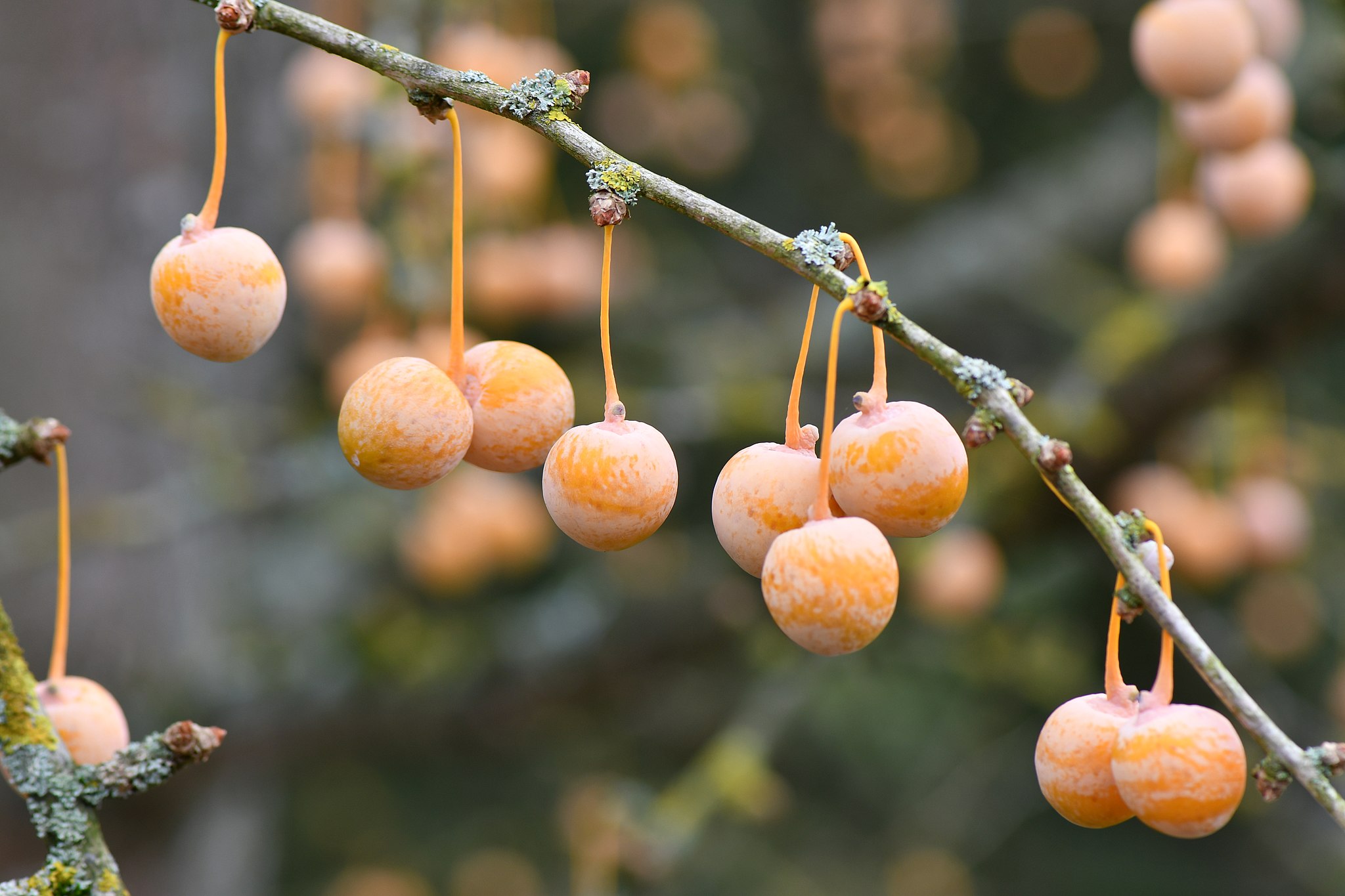
Most relevant for an aging population is the possible use of GBE to treat Alzheimer’s disease and other neurodegenerative conditions. Although there are intriguing hints of possible efficacy, the results of clinical trials have been contradictory.
A review published in 2022 of eight trials concluded that there was some evidence of cognitive improvement in patients with early Alzheimer’s disease after the prolonged use of GBE.
Despite the inconclusive trials, GBE is often suggested for the prevention and treatment of cardiovascular disease, diabetes, and obesity. It is likely that GBE may enhance the effectiveness of aspirin or metformin. Similarly, GBE may add some benefit to an antidepressant medicine. There are preliminary reports that GBE might improve vitiligo and macular degeneration. Studies of vertigo gave contradictory results.
A review by the U.S. National Library of Medicine concluded, “There is no FDA approved indication, and there is insufficient evidence to support non-FDA approved use of Ginkgo biloba.”
Unfortunately, there are possible hazards of using ginkgo extracts as such extracts have been seen to cause liver cancer in mice. Moreover, Ginkgo leaf extract has been classified as a possible human carcinogen by the International Agency for Research on Cancer.
The seeds of the ginkgo tree have the potential to be more dangerous than the leaves, because their overconsumption can induce convulsions and vomiting; although vitamin B6 is believed to neutralize the toxicity. The starchy nuts are commonly used (albeit sparingly) in a variety of Asian dishes, including soups, desserts, entrees and the famous vegetarian dish, Buddha’s Delight.
The Compendium of Materia Medica, a 16th century guide to traditional Chinese medicine written by the celebrated physician Li Shizhen in the Ming Dynasty, describes 17 medicinal uses for the seed, including many skin disorders. More recently, researchers at Emory University studying the medicinal value of the ginkgo seed found the extract to exhibit antibacterial properties potentially suitable for topical treatment of skin pathogens.
Whether it can improve our health or not, the ginkgo’s long history, iconic leaves, great beauty, and unusual reproductive strategies make it a fascinating tree, and a treasure we can thank the faithful monks for preserving.



